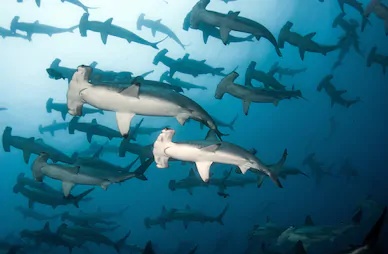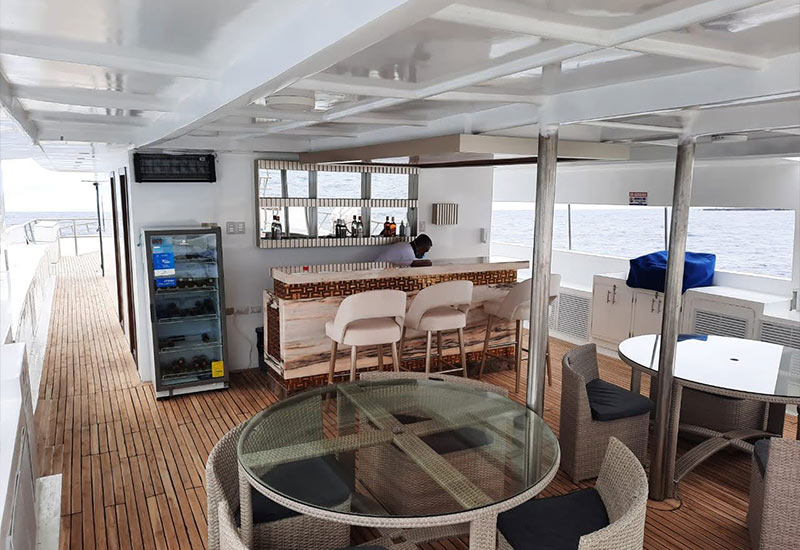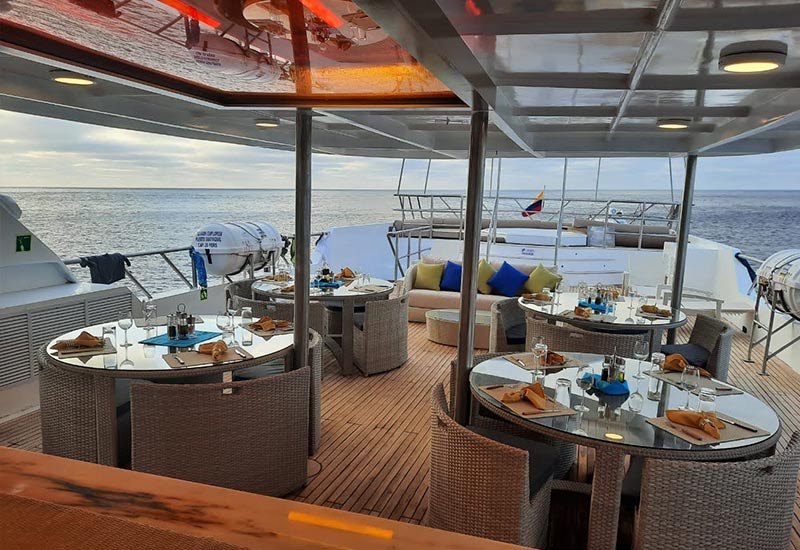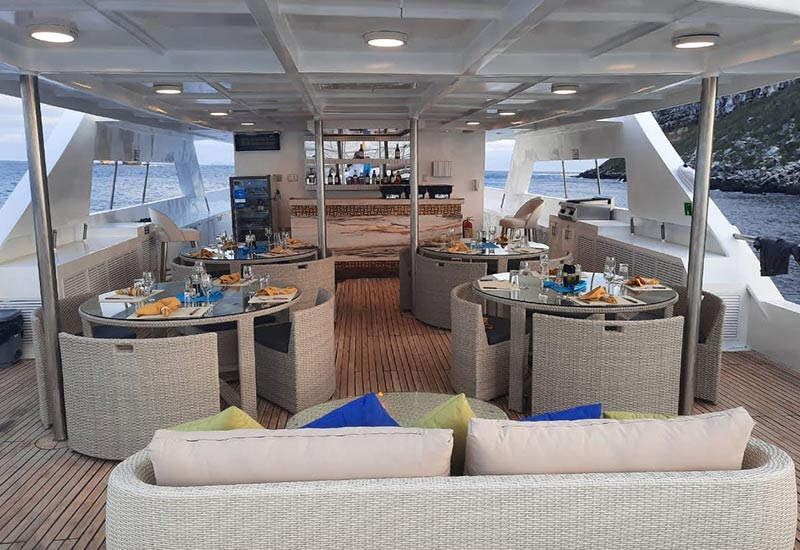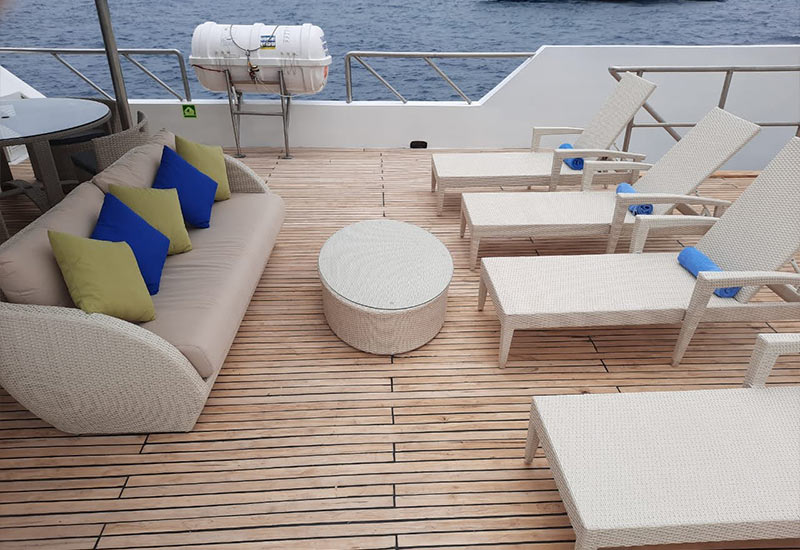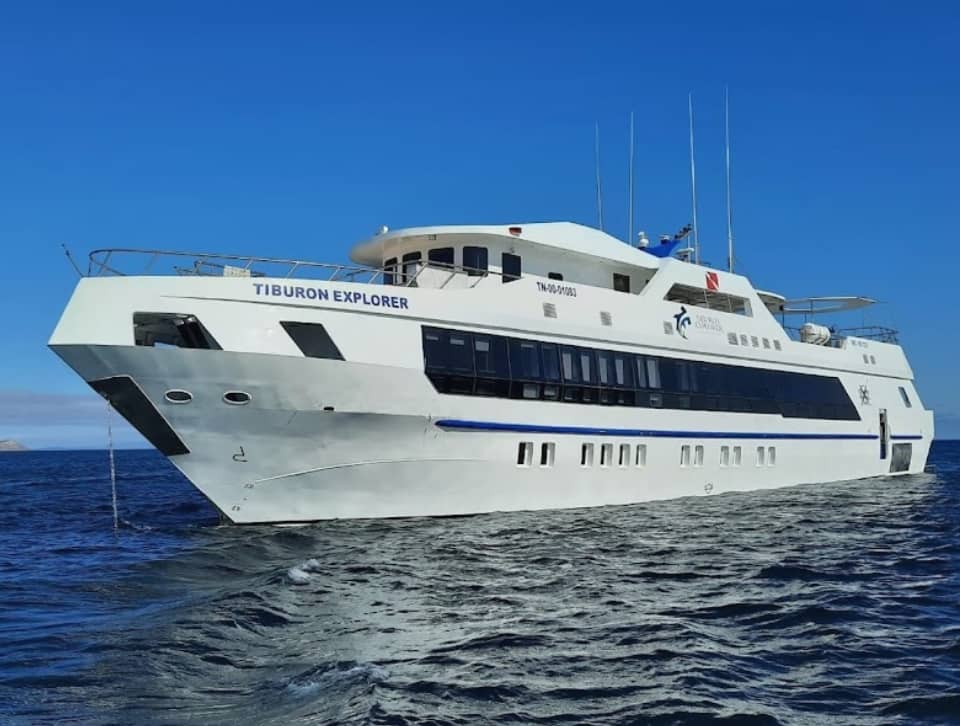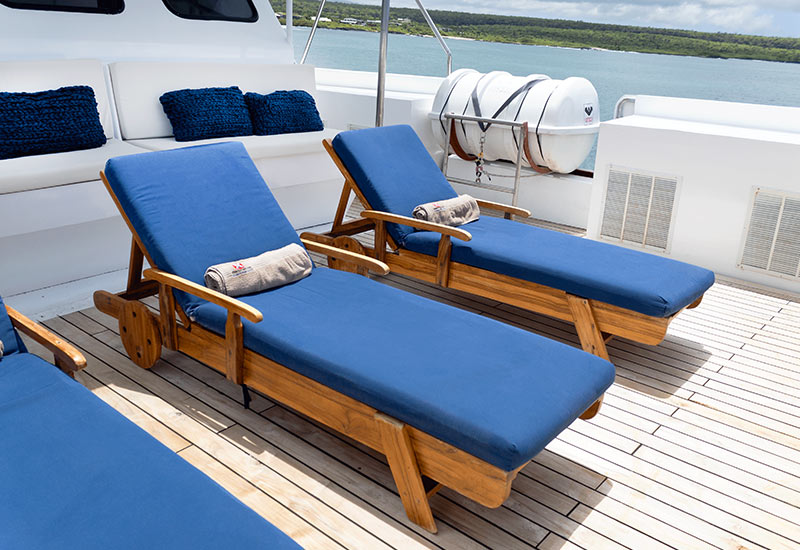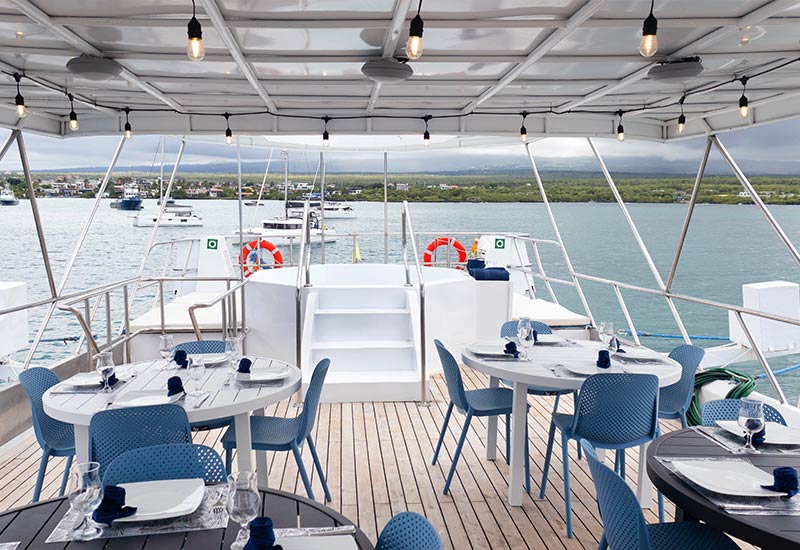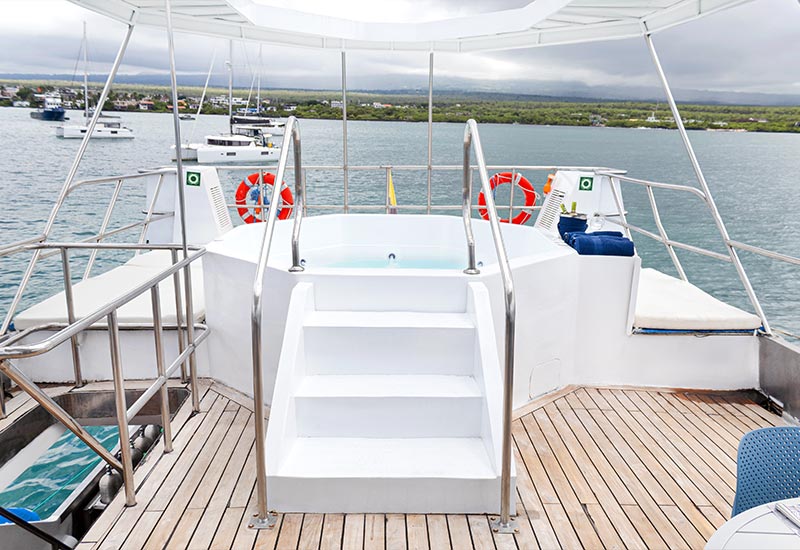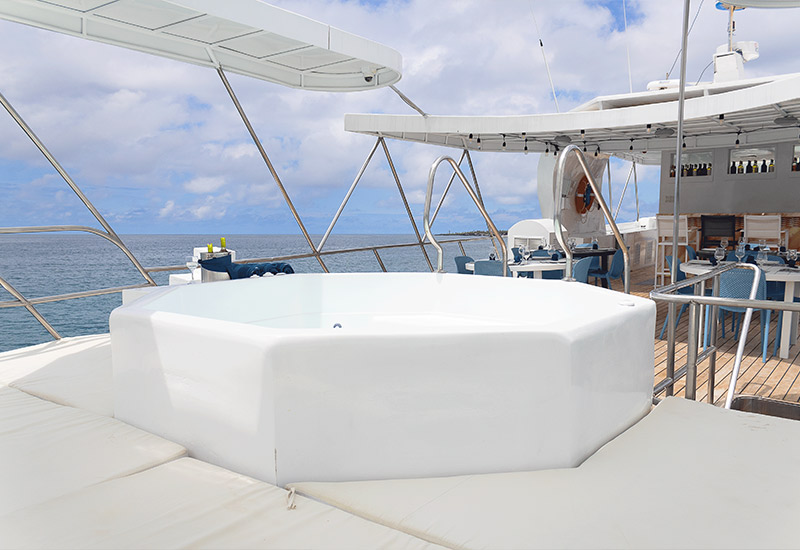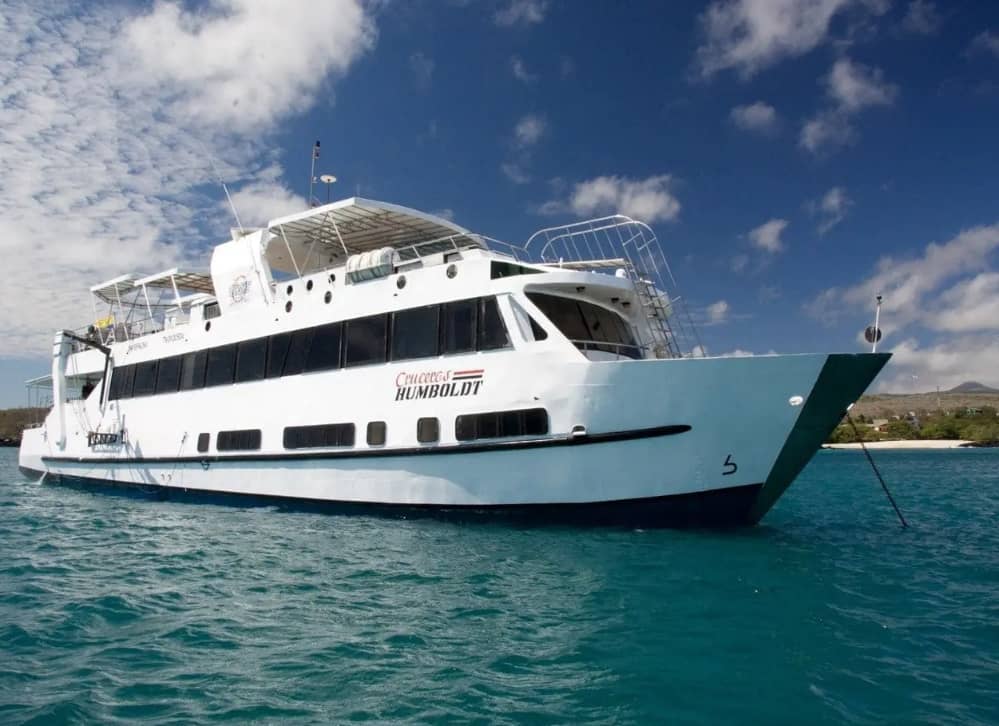The sharks, still feared by swimmers, are being marked with chips to identify their habitats within the marine reserve in the Ecuadorian Galapagos archipelago, where there are have been protected and identified 33 species, many of them endangered.
«We want to know what are the areas of growth for the main species of sharks,» said Eduardo Espinoza told AFP while extending a 100 by 3 meters in Puerto Grande, a bay in the center-east of the island of San Cristobal, for another of its routine monitoring of the presence of sharks.
«We are identifying sites where sharks live their early stages,» the Marine Research responsible for the Galapagos National Park (PNG) while getting ready for placement of juvenile sharks microchips to track them in the marine reserve of the island region – of 138,000 km2, the second largest in the world, including at the satellite.
Monitoring, which always takes an hour and who had access to AFP, gives results quickly, to get caught in the net three animals, two females and one male of the species blacktip (Carcharhinus Melanopterus).
«Shark, shark. All batteries (tuned)» exclaims Espinoza, who from the bow then allows the boatman to come closer to the mesh. With skill, a shark biologist grabs two assistants to take their weight, height, sex and verify identify with an implant in the dorsal fin.
The work, which involved Brazilian biologist Talita Gomes-Vieira (voluntary in PNG), involves collecting a sample of tissue from the same fin for genetic studies and the introduction of the electronic circuit under the skin of the back.
The exercise takes just two minutes and the shark is subjected to a process of «resuscitation» by movements for water to circulate through the bronchi, before releasing him.
«It always does to make sure it’s okay,» says Yasmania Llerena, PNG Ecosystem instructor, the last to have in his hands the shark, that free feeling away shot of the boat. «That’s a good sign because when they are weak stand still in the water,» he adds.
The operation is repeated with two other black tip, including a male born about six months ago that weighed about 10 pounds (4.5 kg) and measured about 85 cm. «This species is slow growing, can reach two meters in length and reaches sexual maturity at 18 years,» says Llerena.
But before examining the latter, the situation is altered by the network to be a sea lion, which ran the rig for fish.
«You have to release it fast, go, go», launches Espinoza, who throws a garment on the face of the mammal to avoid being attacked while helping to unravel. «The wolf is more dangerous than any animal, is like a dog bite is released» he says.
The researcher collects and replace the mesh to complete the monitoring of an hour, although there were no more fish when on other occasions have caught 40 sharks.
Sharks are highly pelagic and migratory animals and their presence in the Galapagos marine system «denotes a healthy state of the ecosystem,» said Espinoza.
Studies reveal seven years maintaining the levels of «plenty» of sharks in Galapagos where 33 species have been identified as whale (Rhincodon typus), oceanic whitetip (Carcharhinus longimanus), hammerhead (Sphyrna lewini), tortoises ( Carcharhinus galapagensis, native of the archipelago) and silky (Carcharhinus falciformis), which are on the Red List of the International Union for Conservation of Nature (IUCN).
«In Ecuador, the sharks are protected, but no longer prey to the marketing of their fins,» said Espinoza, who notes that a set of fins can cost $ 150 in the Ecuadorian market.
The world practice of shark finning involves cutting off the fins of the animals to be highly valued in Asia and Eastern restaurants operating in the world.
In Galapagos seeks to «identify plenty» of sharks genres beyond that «there has been demonized shark in the seas as the aggressive animal nature,» says Espinoza.
«Despite beliefs, is one of the shyest animals of nature,» he adds, while stressing that part of the attraction is diving with Galapagos sharks.
